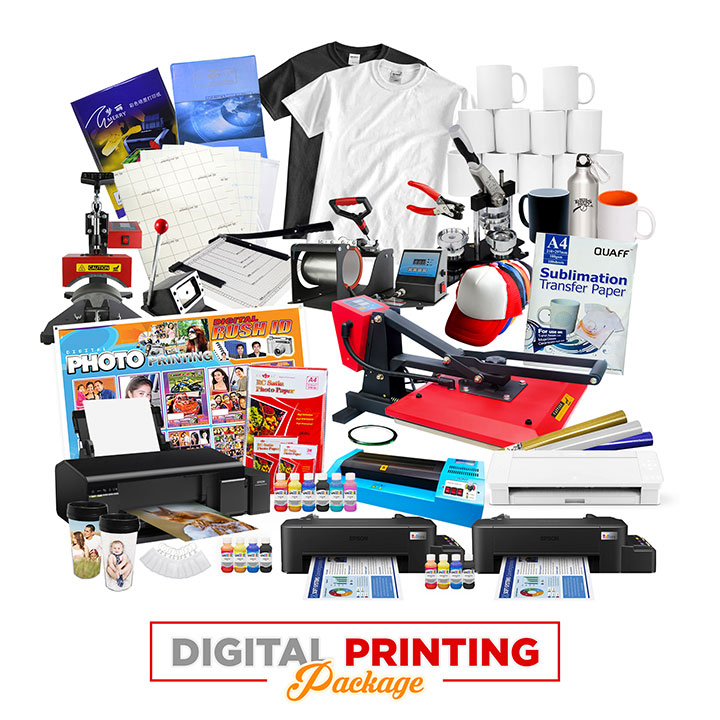Digital Printing Fundamentals Explained
Digital Printing Fundamentals Explained
Blog Article
Excitement About Digital Printing
Table of ContentsAbout Digital PrintingThe Only Guide to Digital PrintingGetting My Digital Printing To WorkWhat Does Digital Printing Mean?Little Known Questions About Digital Printing.The 9-Second Trick For Digital PrintingDigital Printing for BeginnersExamine This Report about Digital Printing
Personalization also permits services to stick out in a crowded market by developing special advertising products that separate them from their rivals. Among the main benefits of digital printing is the capacity to print variable information. Each printed item can be distinct, allowing services to create tailored advertising products that speak straight to their target audience.Digital printing likewise permits for personalization in the layout of marketing products (Digital Printing). With electronic printing, companies can produce layouts that are distinct and customized to their certain demands.
The Buzz on Digital Printing
By printing smaller sized amounts of advertising materials, services can reduce waste and avoid the demand for excess stock. Digital printing is additionally functional.
By making use of different products and styles, companies can create unique advertising materials that stand out from their rivals and draw in attention from their target audience. Digital printing additionally provides consistency. With traditional printing approaches, there is usually variant between prints as a result of differences in ink insurance coverage, pressure, and other elements.
This consistency can aid build consumer count on and integrity, revealing that business is dedicated to giving top quality materials. Uniformity is particularly essential for companies that desire to build consumer trust and credibility. By making sure that every print corresponds, services can reveal that they are dedicated to supplying premium products and paying attention to the details.
Not known Incorrect Statements About Digital Printing

In addition, digital printing creates much less waste due to the fact that it can print on demand and in smaller amounts, minimizing the demand for excess inventory and materials. Digital printing additionally utilizes much less energy compared to traditional printing methods. Digital printers do not call for as much power to operate, as they do not require to warm up as a lot or make use of as much power to run.
See This Report about Digital Printing

Countered printing requires a plate for each color printed. Standard countered printing is a print technique that makes use of aluminum plates to transfer ink onto a rubber sheet (often described as a "blanket"). The photo is then rolled onto the printing surface. This printing approach is considered "countered" since the ink is not transferred to the paper straight.
Get This Report about Digital Printing
Offset printing allows for a vast variety of print materials to be utilized during manufacturing. The top quality photos created through balanced out printing make it the favored method, specifically among graphic developers, when looking for the biggest color recreation, information, and professional-looking prints.
The essential printing technique remains balanced out. For electronic inkjet printing, ink is transferred directly onto the surface area. As opposed to relying upon light weight aluminum plates and rubber coverings to move an image, electronic printing makes use of fluid ink during production. Standard home inkjet printers are among one of the most usual digital printing methods.
The 25-Second Trick For Digital Printing
Due to the fact that countered printing can mix custom shade inks for each task, it will normally obtain the colors spot-on. Count on countered printing for clean, distinct kinds and look at this site pictures without touches or places.
It sets you back a great deal to start a countered work. You need to invest cash into developing the plates, which takes time. When you've spent it, all of the materials are all set to go, and you'll invest less on large balanced out work than a digital print, which is concerning the same per item no issue how large the job gets.
Digital printing is less expensive for low-volume jobs. The rate per unit goes down for This Site electronic printing, so at some factor, they crisscross. Altering info within a single print task.
Digital Printing - Truths
While electronic printing or inkjet printing is the favored choice in the existing times, there are compelling factors to transform from offset to electronic printing systems. When printing countered or electronically, vital decisions and procedures are included in color matching.
Industrial inkjet printing supplies adaptability for printing on several different substrates. Digital printing is ideal for consumers who do not call for longer runs and warehousing materials.

One advantage of digital printing is picking from a vast array of electronic substratums. With offset printing, substrates comprise, usually, 30% of the expense of the task. With digital printing, the expense of the substrate in the overall job is minuscule. This enables even more selections than ever in the past, which benefits marketers and businesses.
Rumored Buzz on Digital Printing
Devices read more costs in inkjet printing are far reduced than offset printing as there are no plate-making, plates, and press costs. Past the capital expenditure, the prepress equipment and printing presses need very experienced drivers in offset printing, which adds labor prices.
Report this page